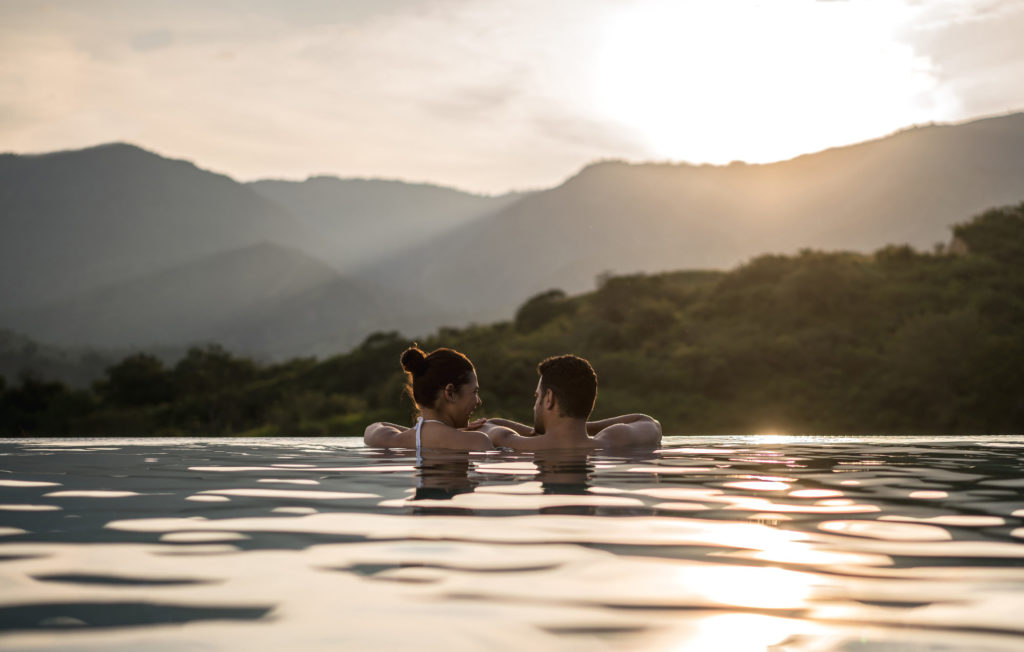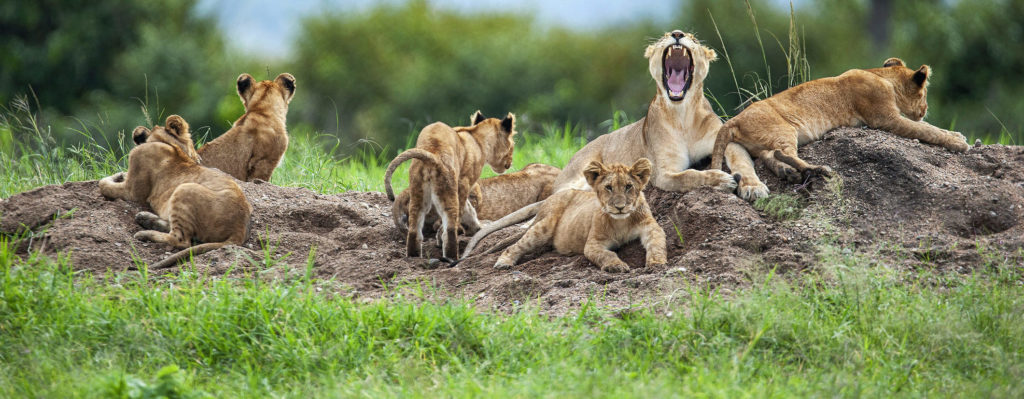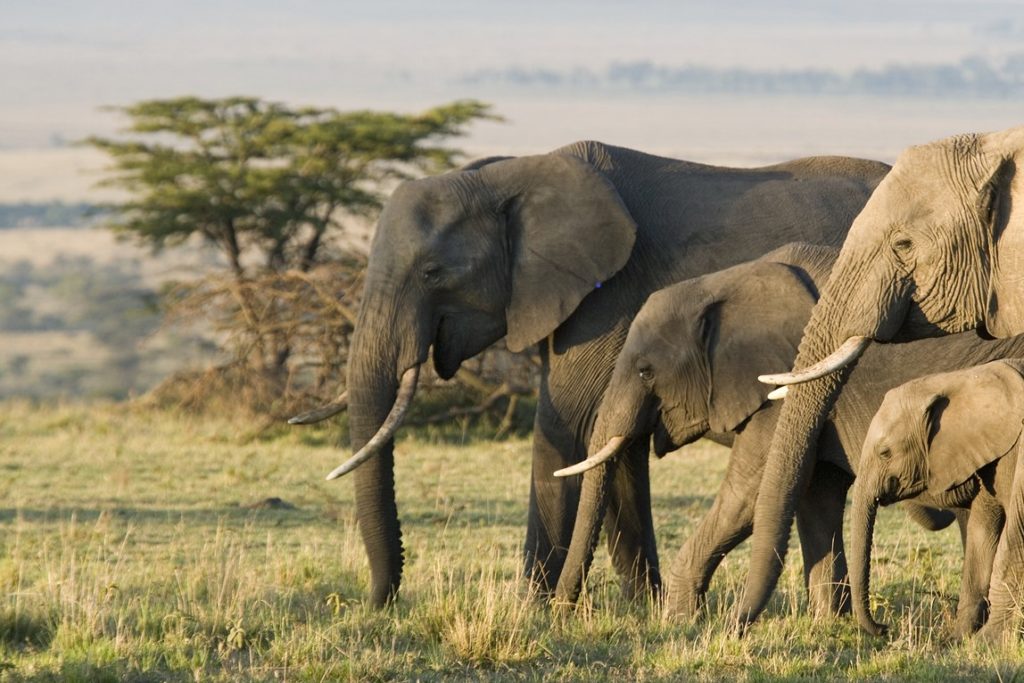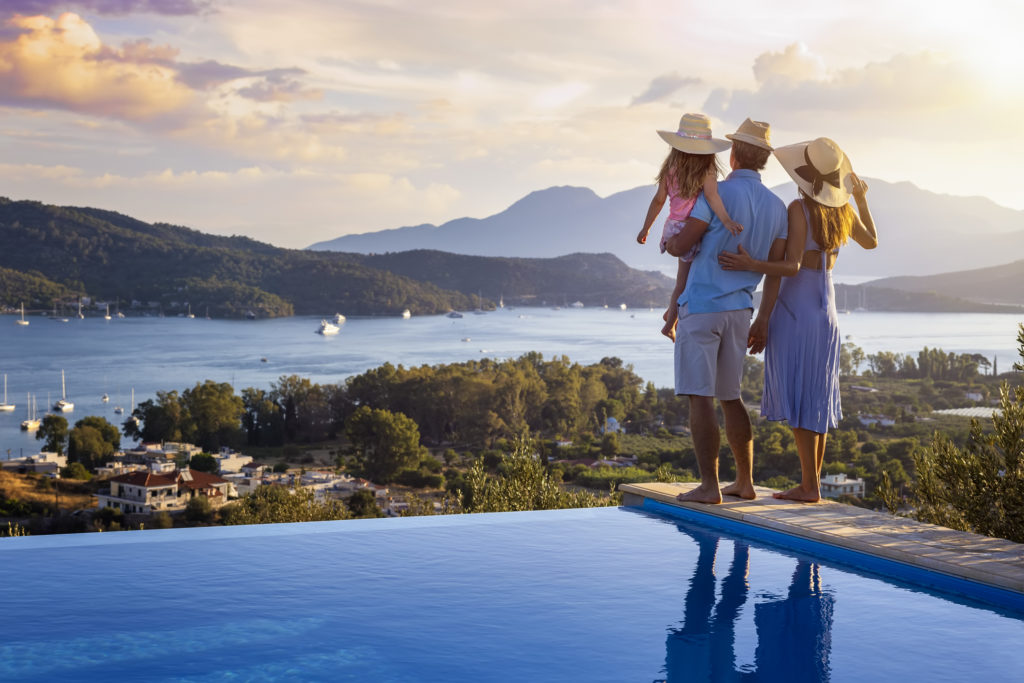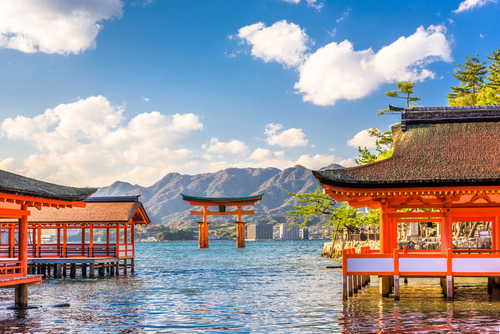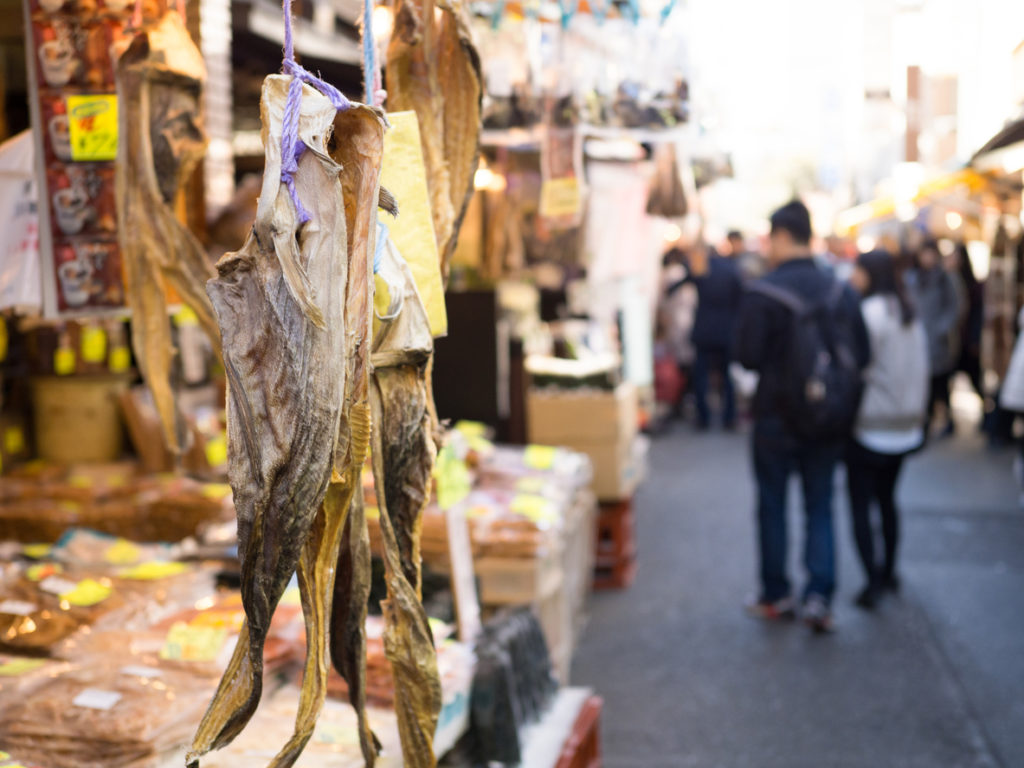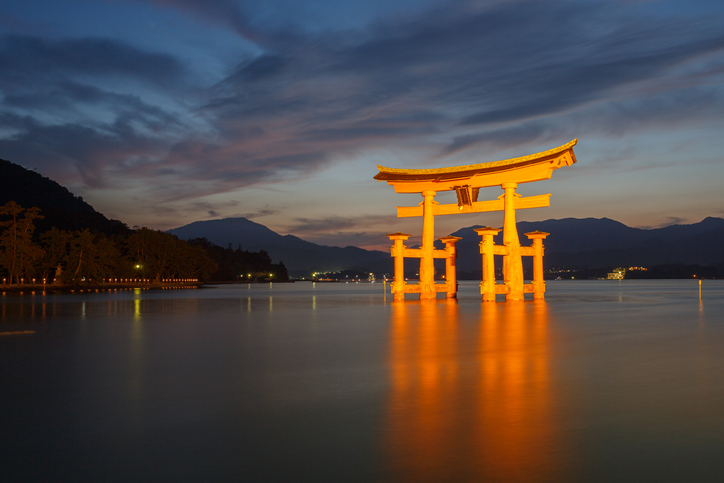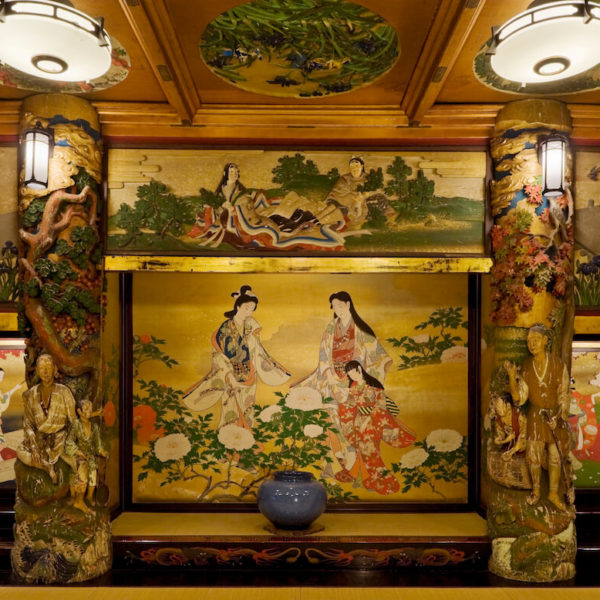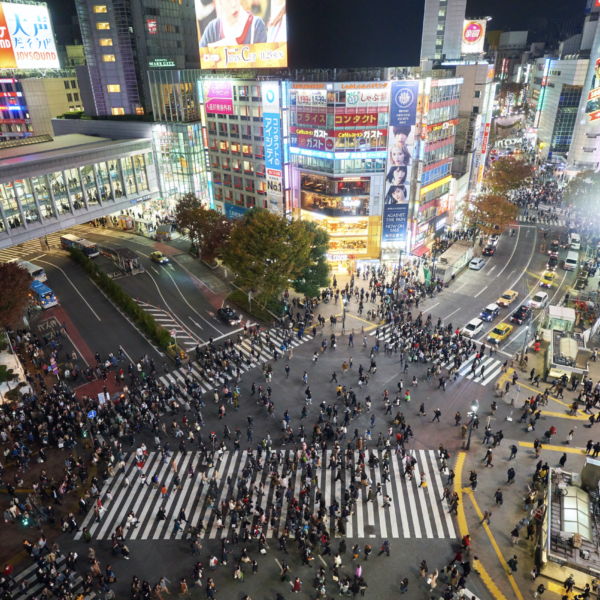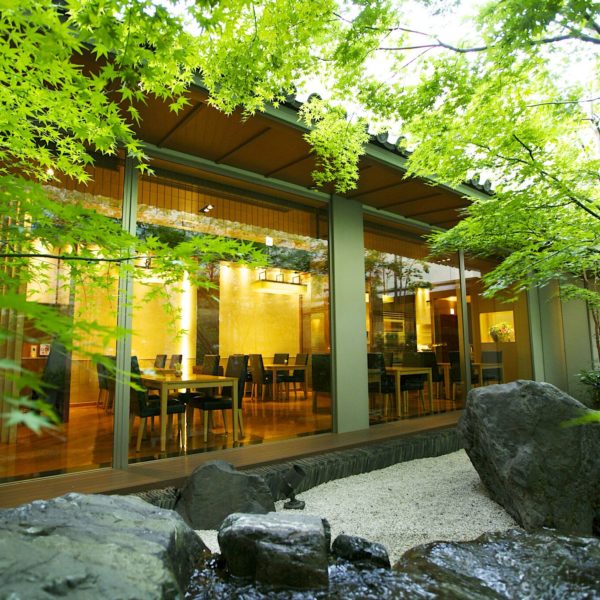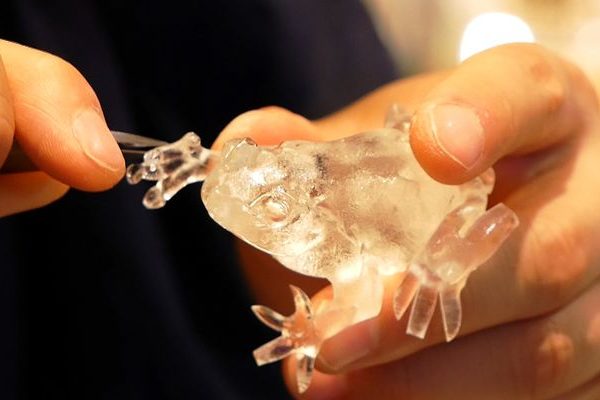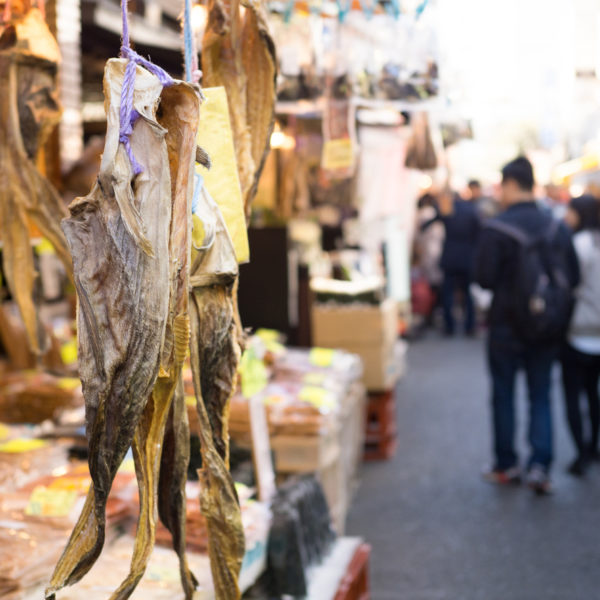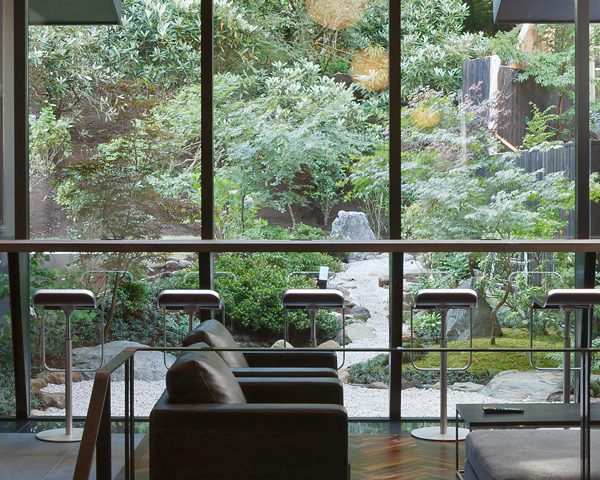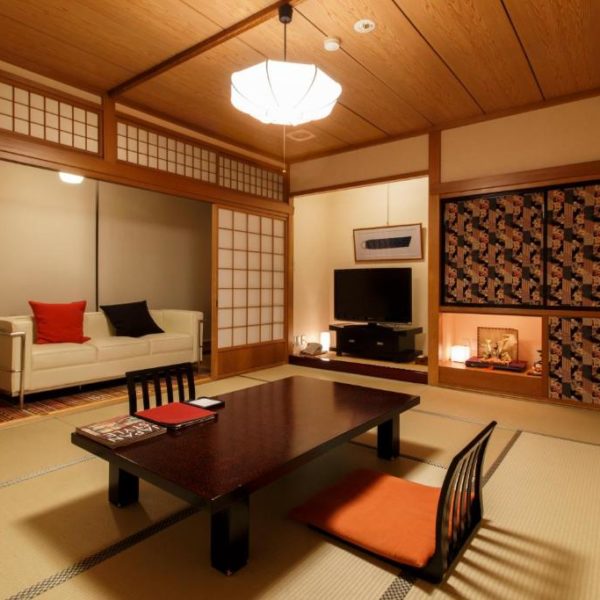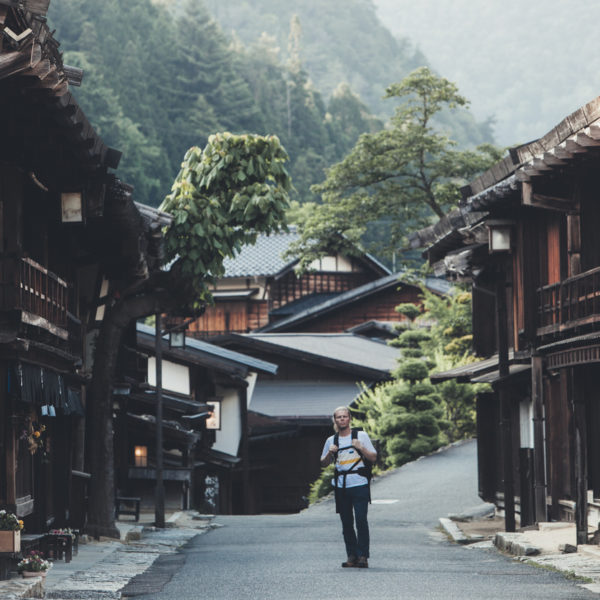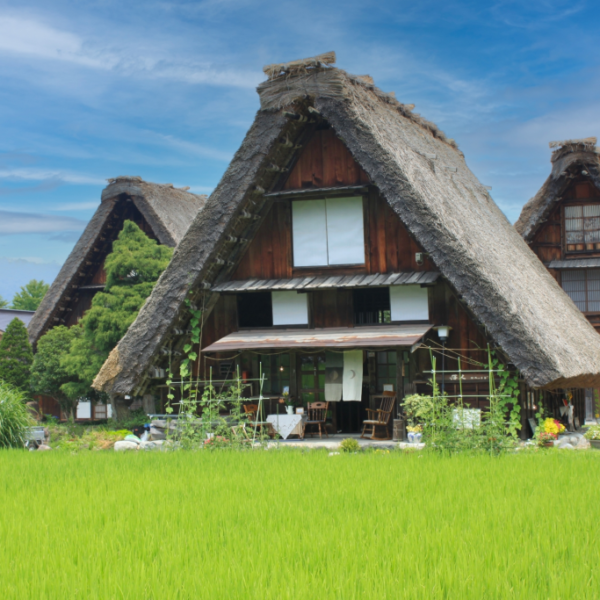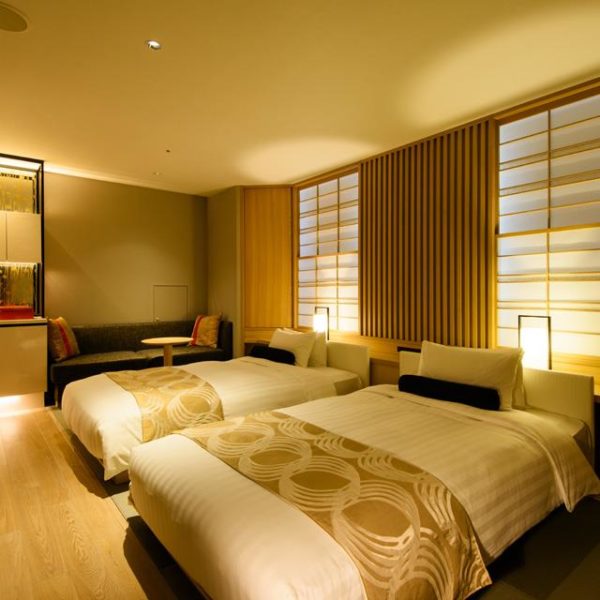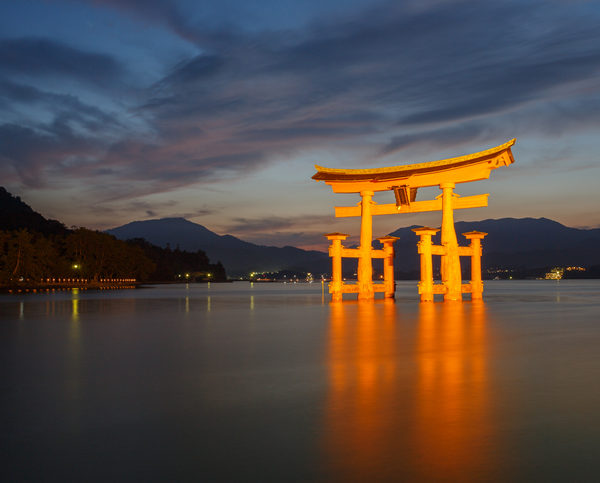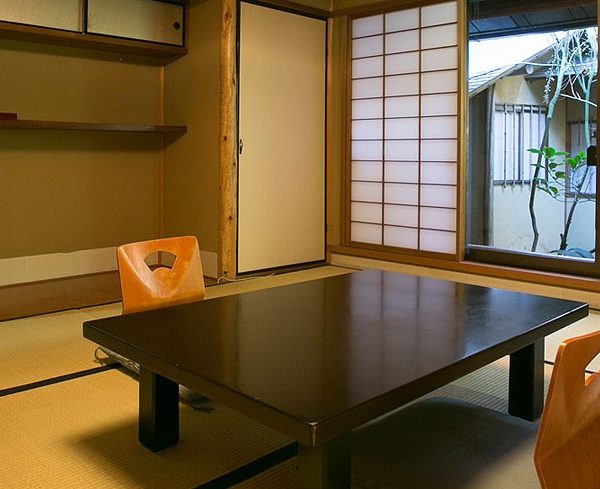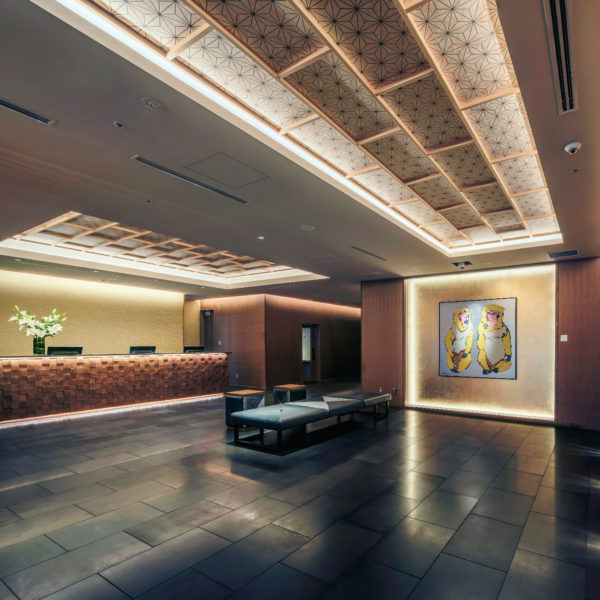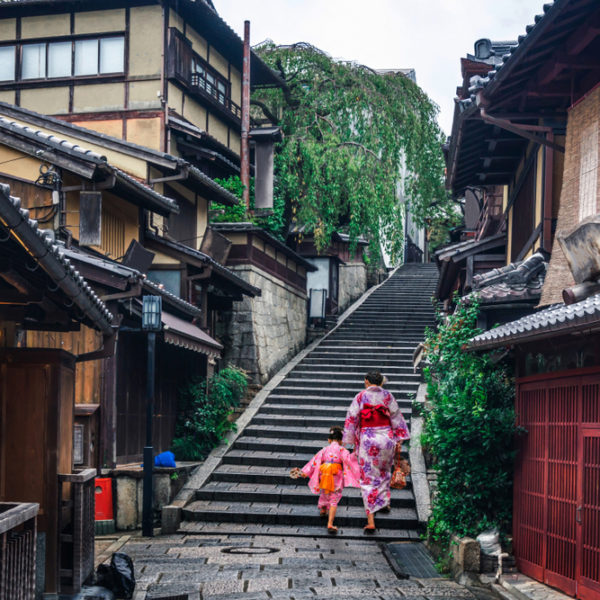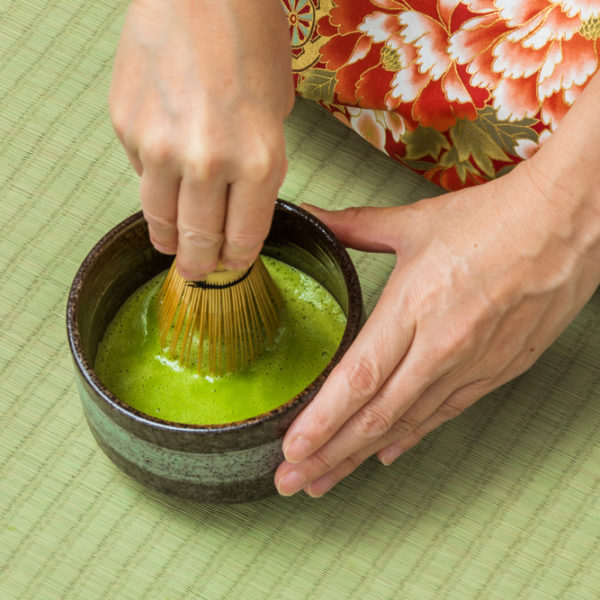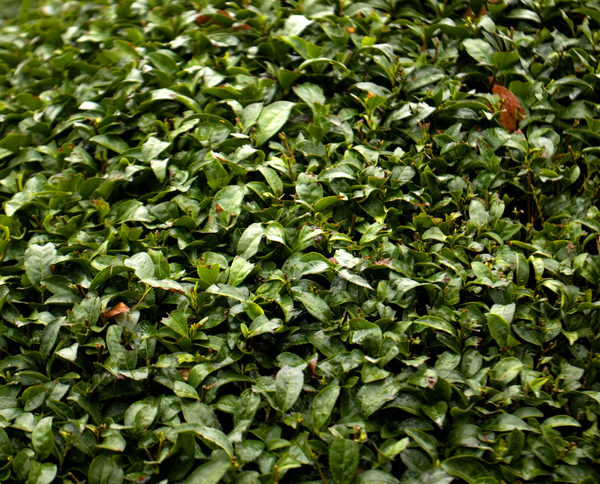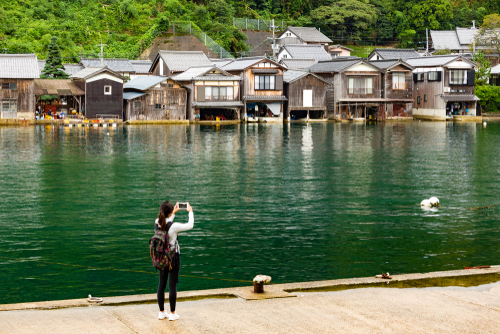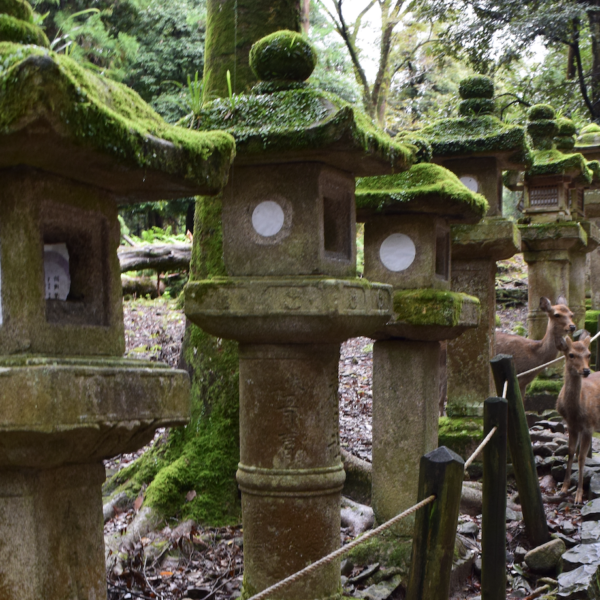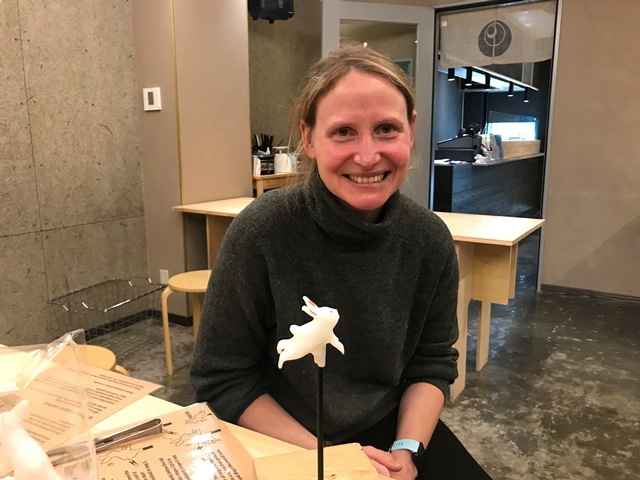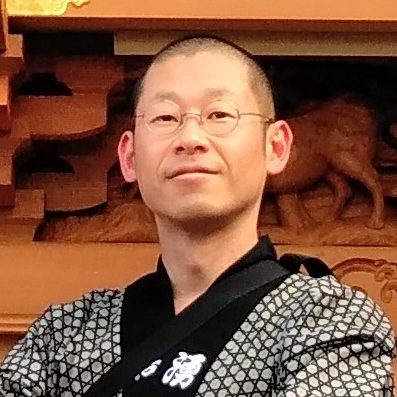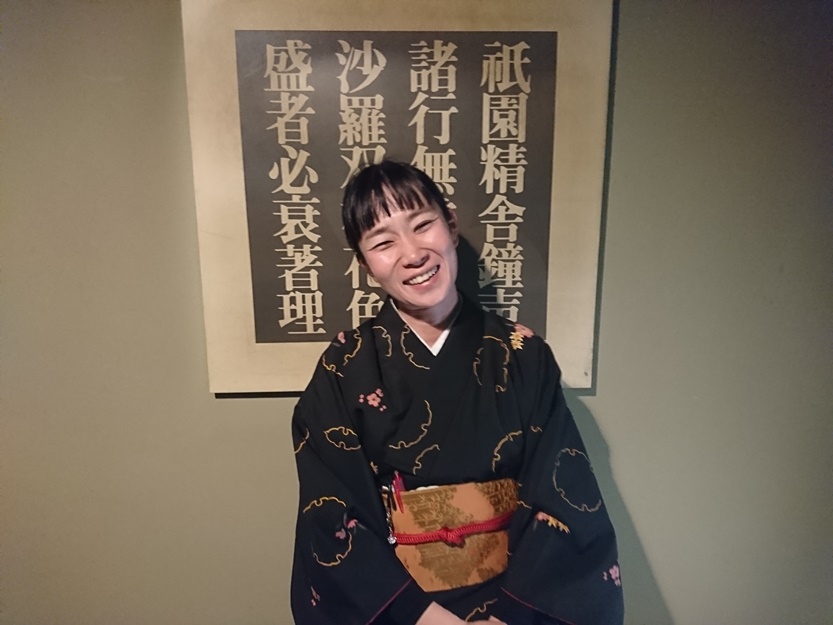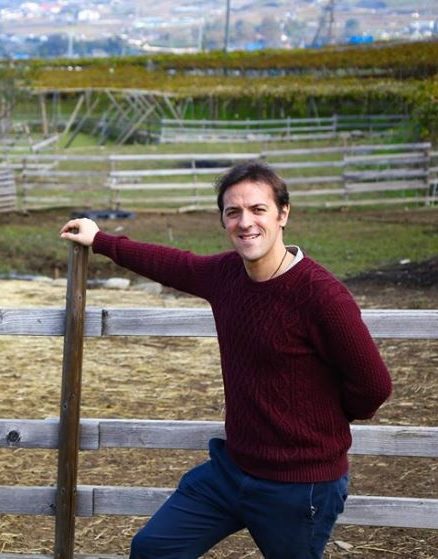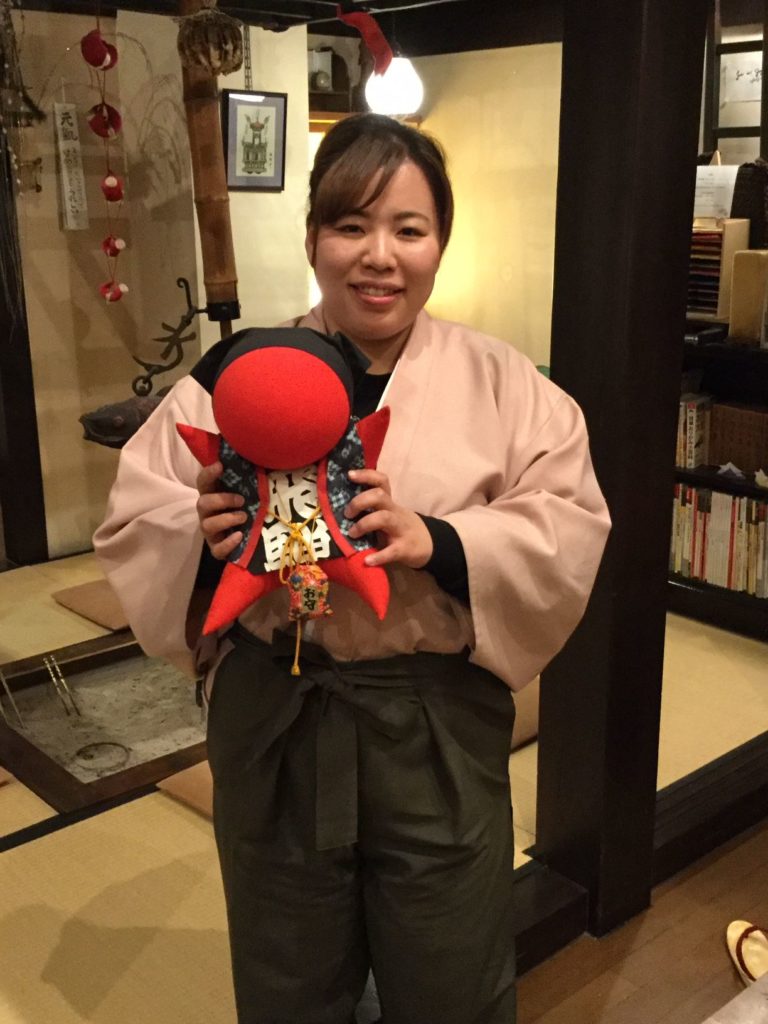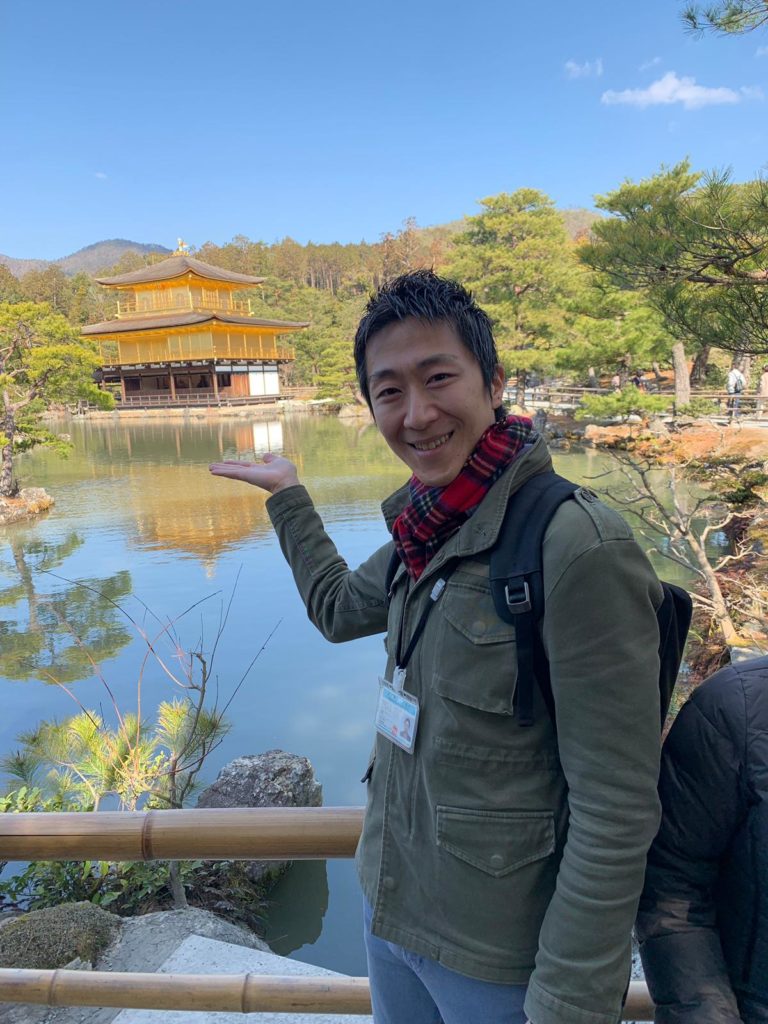Arrive in Tokyo
On your arrival in Tokyo, you’ll be met at the airport for a shared transfer to your hotel. The rest of the day will be at leisure. Overnight at Park Hotel Tokyo.
Things to do:
Tokyo
Discover Tokyo’s residential districts on a guided walking tour with someone who lives there. First up is Asakusa, where you’ll soak up the atmosphere of Tokyo’s old town. Then visit the city’s oldest temple at Sensoji and wander down the ancient shopping street of Nakamise. Next, board Tokyo's Water Bus for a ride down Sumidagawa River to Hamarikyu, an Edo Period Japanese garden surrounded by the Shiodome district’s futuristic skyscrapers. Here you’ll stop for a cup of steaming matcha and Japanese sweets in a tea house on a small island in the park’s lake. After lunch visit Meiji Shrine, dedicated to the deified spirit of Emperor Meiji and a popular place for traditional Japanese weddings. Finally, as the sunlight dims, take a walk down the sparkly Omotesando shopping street, a broad tree lined avenue home to flagship fashion stores and fantastic modern architecture. Overnight at Park Hotel Tokyo.
Things to do:
Tokyo
Get privileged behind-the-scenes access to Tokyo’s famous wholesale fish market, the largest in the world. Since it moved to new premises in 2018 most visitors have had to stay behind glass viewing screens, but you’ll get into the thick of the action with your guide, who’s also a licence holder. From there, you’ll head to the old Tsukiji market to learn more about preparing fish before travelling to a sushi restaurant to make your own fresher-than-fresh nigiri and – best of all – eat them for lunch. Use the rest of the day how you choose; one particularly fun option is to spend the evening in the lively Shinjuku nightlife district learning about Tokyo’s drinks culture with an insider. Overnight at Park Hotel Tokyo.
Things to do:
Tokyo & Hakone
Today you’ll use your Japan Rail Pass to take the bullet train from Tokyo to Hakone, which takes two hours. Hakone is known for mountains, lakes and hot springs, and on clear days there are superb views of Mount Fuji as well. Explore at your own pace armed with a Hakone Free Pass that covers the area’s varied transport network – from cable cars to pirate ships – before checking in to a traditional inn where you can enjoy a restorative soak in a thermal bath and an authentic Japanese evening meal. Overnight at Susukinohara Ichinoyu.
Things to do:
Hakone & Takayama
Using your transport passes, you’ll travel by bullet train and the Limited Express Hida Wideview, which winds its way through spectacular alpine scenery, to Takayama. This atmospheric mountain town is known for its well-preserved old quarter, which has barely changed in three centuries. You have the afternoon free to just wander around it, stopping off in small museums or family-run inns, or you could visit one of Takayama’s celebrated sake breweries to learn about how the national drink is made. For a special experience, add to the back-in-time feeling by upgrading your accommodation to a traditional Japanese ryokan complete with a hot-spring bath. Overnight at Hidatei Hanaougi.
Things to do:
Takayama
Explore Takayama at your own pace today, but be sure to start with a visit to the Miyagawa morning market, which sells local crafts and produce that you won’t see anywhere else. This is the perfect place to try some of the region’s delicious street-food specialities such as mitarashi dango – skewers of rice balls basted in soy sauce. Just a short bus ride away is Hida No Sato Folk Village, an open-air museum showcasing traditional buildings from the Hida region. At the village workshop, there’s a fascinating exhibit about heritage handicrafts including wood carving, tie-dying, weaving and lacquering. Overnight at Hidatei Hanaougi.
Things to do:
Takayama, Shirakawa-go & Kanazawa
Using your included coach tickets, you will travel to World Heritage-listed Shirakawa-go, famous for its traditional farmhouses, some of which are more than 250 years old. They have distinctive steep thatched roofs that are said to look like the hands of praying monks, and which are designed to withstand the heavy snows that fall in the region. From here, you’ll continue by coach to Kanazawa, known affectionately as ‘Little Kyoto’ thanks to its immaculately preserved historical samurai and entertainment districts. Overnight at ANA Crowne Plaza, Kanazawa.
Things to do:
Kanazawa
Spend the day exploring Kanazawa at your own pace. There’s plenty to take in, including one of Japan’s most famous gardens, Kenrokuen, where you could linger for hours discovering hidden corners, stunning viewpoints, a tranquil teahouse and more. Not surprisingly, it’s particularly popular when the cherry and plum blossom is at its peak. There are also three entertainment districts filled with teahouses, cafés and tiny traditional stores that are made for leisurely browsing, not to mention a castle, several museums and a shrine with unusual Dutch-influenced architecture and a restful garden. For lunch, join the locals at lively Omicho market for a bowl of super-fresh seafood and rice. Overnight at ANA Crowne Plaza, Kanazawa.
Things to do:
Kanazawa & Hiroshima
Today you’ll travel by train to Hiroshima, a journey of four hours with one change. You’ll have the rest of the day to relax in this pleasant coastal city, ready to learn more about its tragic history as the first city to be hit by an atomic bomb – which completely obliterated almost everything and everyone within a mile of the impact – on a guided tour tomorrow. Overnight at Hotel Granvia Hiroshima.
Hiroshima & Miyajima
Today you will take a day tour of Hiroshima with a local guide, starting at the Peace Memorial Park, located in what was one of Hiroshima’s busiest central districts before 6 August 1945. The park is dedicated to those who lost their lives to the atomic bomb, and contains memorials – including the iconic Atomic Bomb Dome – statues and an affecting museum. From Hiroshima, it’s a short ferry ride to Miyajima, otherwise known as the ‘Island of the Gods’. It’s been a holy place for centuries and is home to an array of beautiful temples and shrines; the atmosphere is particularly soothing in the evening, so it’s well worth considering spending the night here in one of the island’s ryokans. Overnight at Hotel Granvia Hiroshima.
Things to do:
Hiroshima & Kyoto
Today you’ll head to Kyoto on the bullet train, a two-hour journey from Hiroshima, arriving in time for an afternoon private cookery lesson about Kyoto’s typical kappo cuisine that will give you a fascinating insight into Japanese dining culture. ‘Kappo’ means ‘to cut ingredients with a knife and cook them over a fire’, though nowadays baked, fried and even raw dishes are included. What defines a kappo restaurant is that the food is served over a counter where you sit face to face with the chef, which adds a whole new level of entertainment to any meal. Overnight at Hotel Granvia Kyoto.
Things to do:
Kyoto
The former imperial capital has such a wealth of impressive sites that it helps to have a local guide to steer you toward the highlights. One of those is the world-famous Fushimi Inari shrine, a visually stunning experience where thousands of bright red torii gates line a mountain trail to the shrine. Next stop is Kiyomizu-dera temple, a celebrated UNESCO site that is older than Kyoto itself. It is famous for its massive platform stage, the Kiyomizu Butai, constructed entirely from wood and joints without the use of nails. In the afternoon you’ll visit Kinkaku-ji temple, covered in real gold leaf and set into the northern hills this photogenic jewel is one of the most visited sites in Japan. Last stop is the remarkable Kitano-Temanngu shrine, built to appease the spirit of an angry ghost. After a fire in 1444, a large section of the temple was rebuilt and the remaining timber was used to construct 7 tea houses that became Kyoto’s first Geisha district - Kamishichiken. It’s a full day, so if you want to treat yourself it’s worth doing the trip by private car rather than public transport. Overnight at Hotel Granvia Kyoto.
Things to do:
Kyoto & Nara
Your guide will meet you at your hotel for the 45-minute train journey to Nara, Japan’s first permanent capital in the eighth century. First, you’ll visit the beautiful Isuien Garden, then wander through Nara Park to see the semi-tame Sika deer that live there. Within Nara Park is Todaiji temple, the world’s largest wooden building and home to Japan’s largest Buddha. Next stop is Nara’s most celebrated shrine, Kasuga Taisha, famous for its hundreds of bronze and stone lanterns. You’ll end the day with a stroll around Naramachi, a charming historic merchant district showcasing well-preserved ‘Machiya’ Japanese town houses. Overnight at Hotel Granvia Kyoto.
Things to do:
Kyoto & Departure
Enjoy a final few hours at leisure in Kyoto before your train to Narita International Airport (four hours) in time for your return flight.
